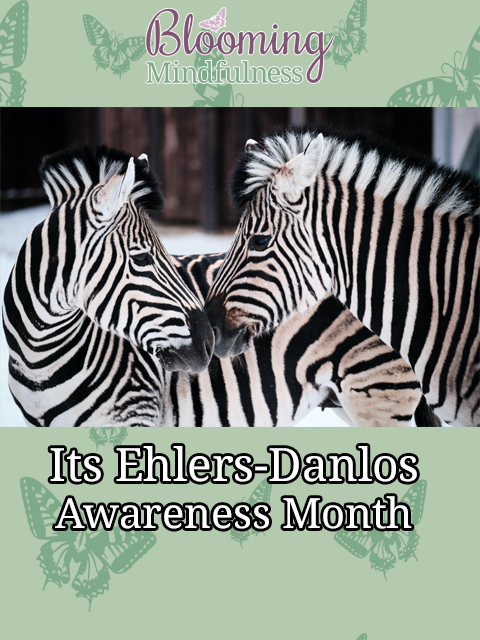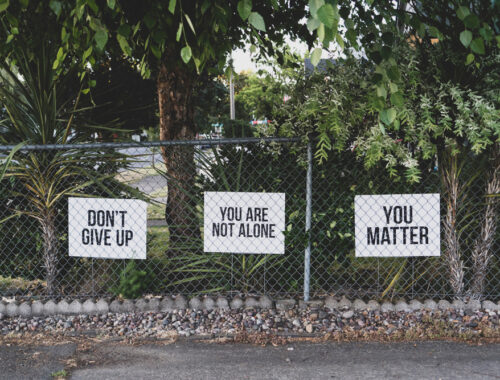
Its Ehlers-Danlos Awareness Month
Yes it is that time of the year again when all of my illnesses have their awareness month! This year I thought I would concentrate on one illness a week or I might get overwhelmed. So this week its Ehlers-Danlos awareness month and hopefully helping you to understand it a little better.

[IMG]Picture shows two Zebras we care close in on their faces as they touch noses[IMG]
Raising awareness is why I started this blog back in 2016, I wanted to share how my illnesses affected me and how I dealt with them in a spiritual way. Since then my diagnoses have changed and so has my spiritual path, but the raising awareness never has. To me, sharing my journey is important, it doesn’t matter how many people read the blog, so long as I could help someone that was all that mattered.
Over the years I have also shared on my Pinterest and Twitter, articles by fellow bloggers who inspire and teach me more about my own health conditions. To me the best people to ask are people who live every day with the same illnesses as I do. So make sure to follow me over there if you want to get even more input about Ehlers-Danlos as well as Fibromyalgia, Chronic Fatigue Syndrome, and mental health issues.
But like I said, its Ehlers-Danlos awareness month, so lets have a look at some things you should know:
What is Ehlers-Danlos Syndrome?
EDS, is a group of thirteen genetic conditions that affect connective tissue in the body, this tissue lies between things in the body keeping them separate but connected. It affects the connective tissue differently in each type, but mostly it is collagen, making it stretchy and fragile. This make the skin, and joints of the person affected stretchy and can affect joints and organs of the individual causing a big range of symptoms.
The most common type of EDS is the hypermobile type, which I have and these are the most common symptoms with that type according to the NHS website:
- joint hypermobility
- loose, unstable joints that dislocate easily
- joint pain and clicking joints
- extreme tiredness (fatigue)
- skin that bruises easily
- digestive problems, such as heartburn and constipation
- dizziness and an increased heart rate after standing up
- problems with internal organs, such as mitral valve prolapse or organ prolapse
- problems with bladder control (stress incontinence)
Why the Zebra?
The symbol of EDS is the Zebra, and this is because medical students are taught that “When you hear the sound of hooves, think horses, not zebras.” This is because they refer to rare diseases as zebras, and they want to concentrate on the simplest and most common illnesses first. This is so people are not misdiagnosed with rare illnesses, however it does mean many of us with EDS have struggled to get diagnosed.
Its Ehlers-Danlos awareness month
This is why raising awareness is so important, because it is thought that EDS is not actually as rare as people think, often hEDS is seen just as being double-jointed! However, many symptoms are brushed aside as growing pains, or ignored entirely as if they are made up. This means a lot of people may have Ehlers-Danlos and not be aware of it, raising awareness will hopefully bring better understanding and easier diagnosis.
I really hope this article helps raise awareness, and helped you to understand what so many of us deal with every day. If it did, don’t forget to share it on social media so it can help others, and maybe even subscribe it’s free and you won’t miss any further posts.
Thank you xxx




